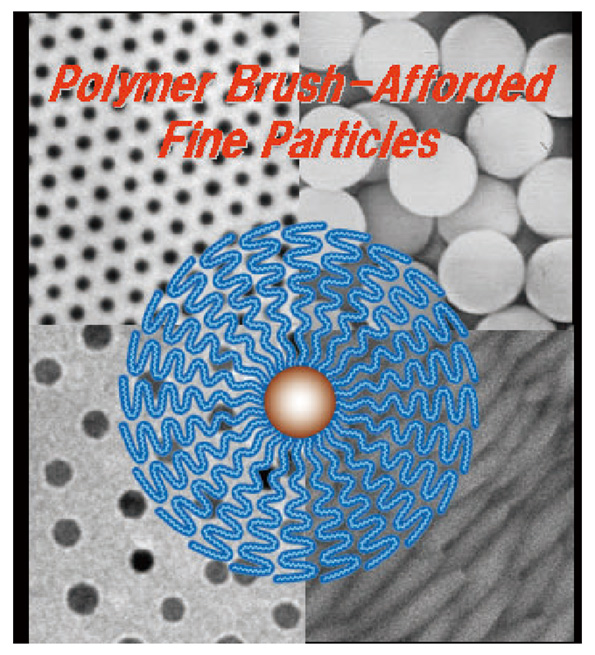Hot Topics
Vol. 61, No. 4, April (2012)
|
High-Functionability of Biobased and Biodegradable Porous Fibers
Tadahisa IWATA Department of Biomaterial Sciences, Graduate School of Agricultural and Life Sciences, The University of Tokyo |
||
|
|
pH-Responsive Aqueous Foams Stabilized by Hairy Latex Particles
Syuji FUJII and Yoshinobu NAKAMURA Department of Applied Chemistry, Osaka Institute of Technology |
||
|
|
A New Class of Living Radical Polymerization with Organic Amines as Catalysts
Atsushi GOTO Institute for Chemical Research, Kyoto University |
||
|
|
Hybrid Particles Decorated with Polymer Brush
Kohji OHNO Institute for Chemical Research, Kyoto University |
||
|
|
Transfer of Stir-Induced Optical Activity Occurred from Ionic Oligomer Solution onto a Congo Red Dye
Kunihiko OKANO Department of Pure and Applied Chemistry, Tokyo University of Science |
||
|
|
Control of Interface Structure and Properties Using Reversibly Cross-linkable Polymers
Eriko SATO Department of Applied Chemistry and Bioengineering, Graduate School of Engineering, Osaka City University |
|
|





